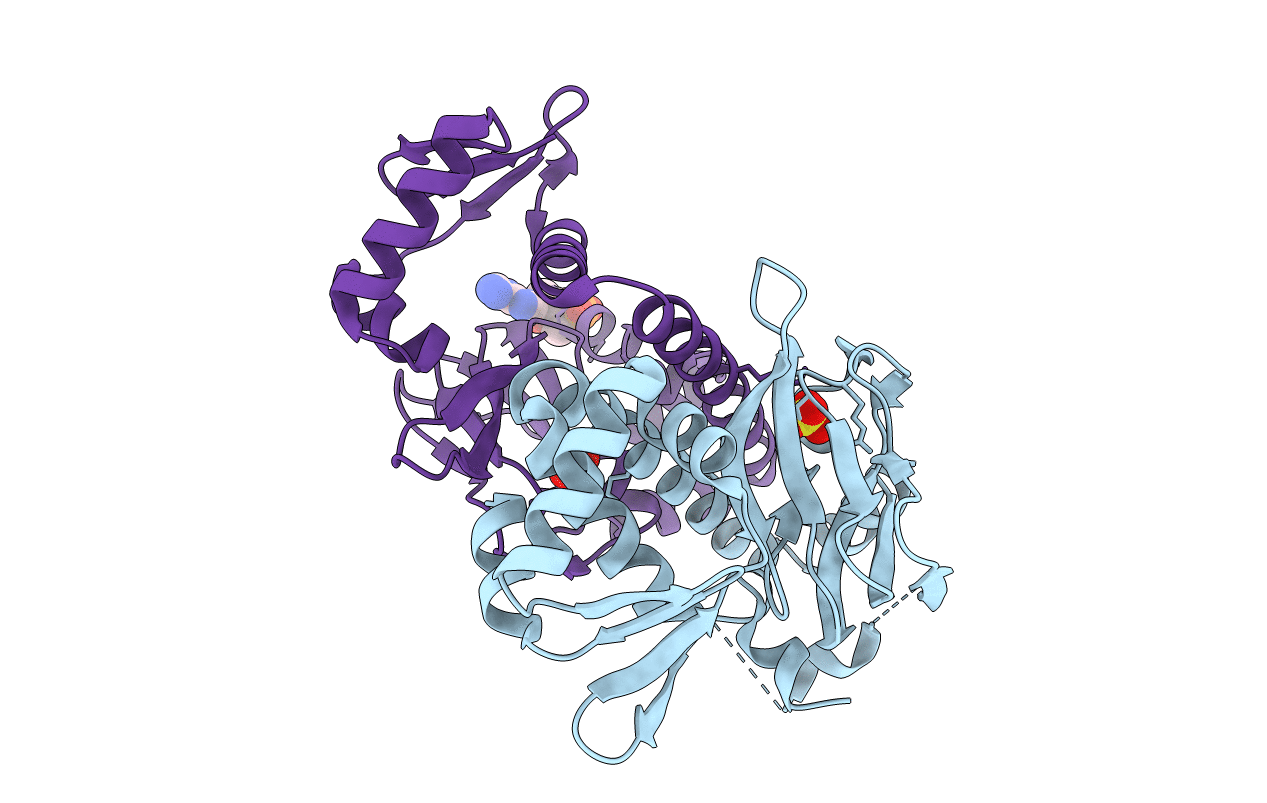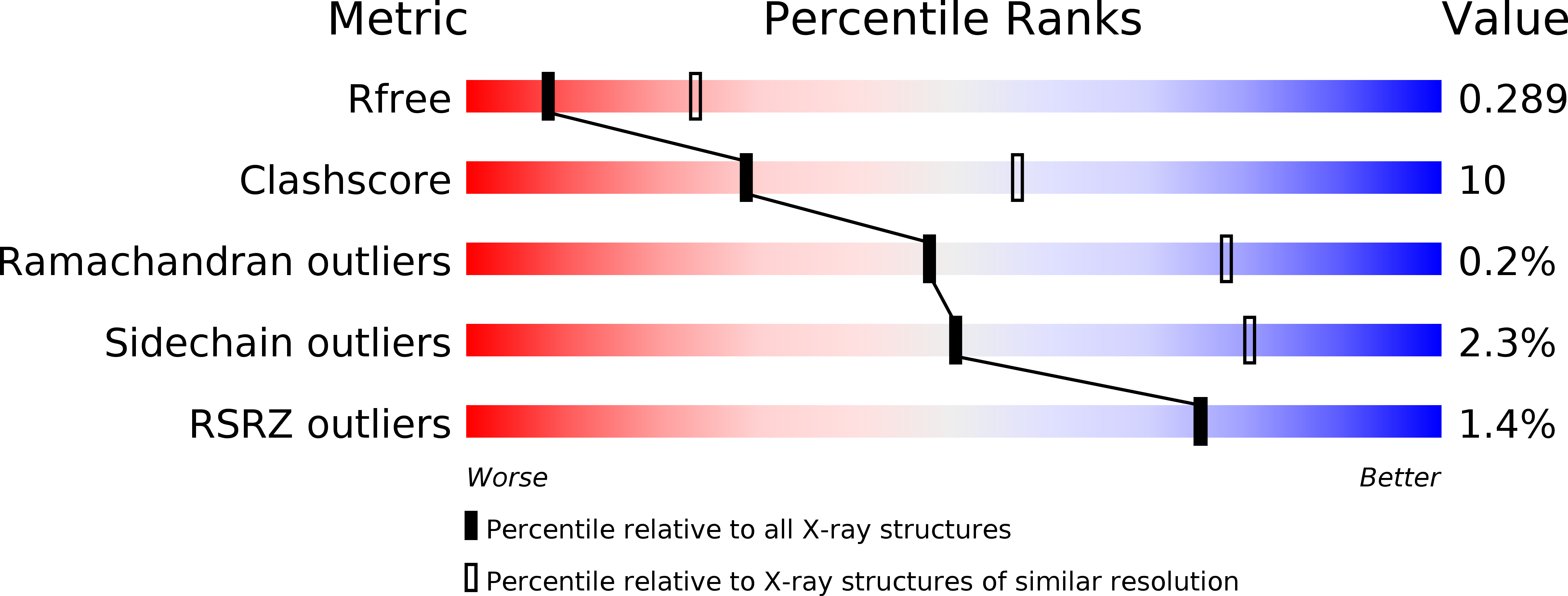
Deposition Date
2009-04-17
Release Date
2010-02-02
Last Version Date
2023-11-01
Entry Detail
PDB ID:
3H3U
Keywords:
Title:
Crystal structure of CRP (cAMP receptor Protein) from Mycobacterium tuberculosis
Biological Source:
Source Organism:
Mycobacterium tuberculosis (Taxon ID: 83332)
Host Organism:
Method Details:
Experimental Method:
Resolution:
2.90 Å
R-Value Free:
0.29
R-Value Work:
0.22
R-Value Observed:
0.22
Space Group:
P 21 21 21


